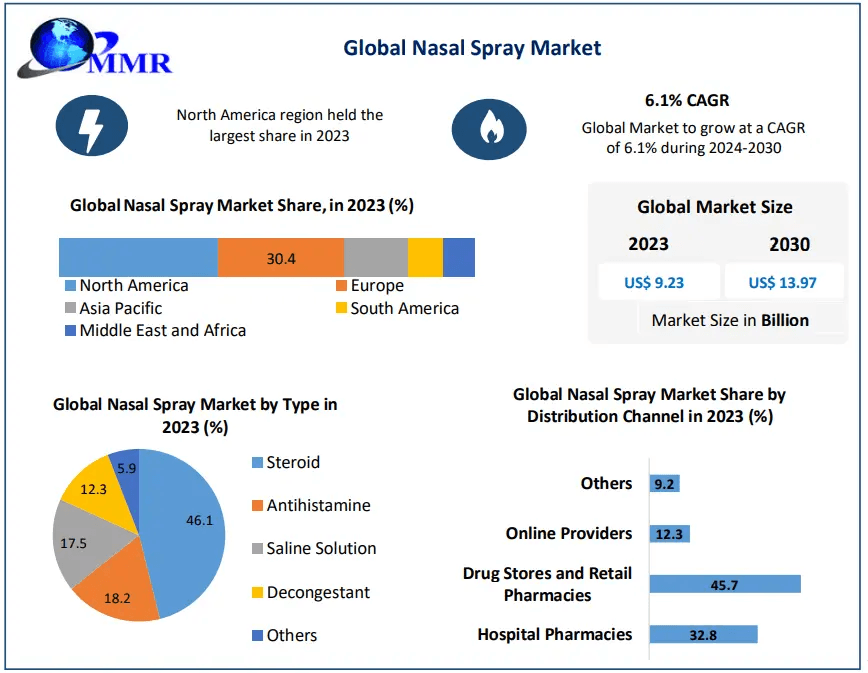
Top 10 Art Supplies For Young Artists
Creating art is not only a passion, but it’s more of a therapeutic thing. Kids and young and old, everyone enjoys art. But if you are serious about it, you surely want to get some supplies to enhance your art further. With so many tools in the market, young will get confused as to what’s best for them when it comes to buying supplies. As young artists are in the very initial stages of their artist journey, their budget doesn’t allow them to buy all the tools at once. Without buying, you won’t get to know which ones are the best. If you want to buy any kind of art supplies, tools, or accessories, then you can use the AliExpress coupon code to get a discount on whatever you buy.
The Top 10 Art Tool Every Artist Must Have Are:
- Pastels
- Pencils
- Brushes
- Tape
- Glue
- Water Colours
- Oil Paints
- Painting Knives
- Painting Palette
- Canvas
1. Pastels:
Pastels are used to create realistic portraits. You can find them in many colours, and they are kid’s favourites. Pastels are primarily used for creating quick sketches and for detailing and offering different shading effects. With the right technique, you can achieve different results. For beginners, pastels are a great tool to start with and, later on, learn more techniques.
2. Pencils:
Whether you prefer wooden or mechanical, the one with the soft lead or hard is a crucial element of your artistic journey. Invest in a pencil that both sharpens evenly but also doesn’t break instantly. While creating your art, you need a pencil that provides grip and doesn’t hurt your hands by holding it for too long. You can easily find these pencils in the form of sets.
3. Brushes:
Brushes are divided into a wide range of categories, all suited for different needs. Some are best at creating strokes, while others are specified in colours. Even the width and tip styles can make a difference. You also have the choice of selecting animal vs artificial hair. Furthermore, you need to pick different brushes for oil, acrylic, and watercolours. You can start with a small set of four brushes that include a round brush, a long brush, an angle and a wash brush. If you want to broaden your range, you can also check out sets with more variety.
4. Tape:
Tape is also an essential part of creating art, especially when you want to avoid spillage of paint into other areas of the canvas. The taps must have a stronger hold to perform that function well. The tape has a special adhesive on it that leaves no residue or tears on your paper while removing it. You can even use it to write on.
5. Glue:
Most people use many kinds of different adhesives, but two are most commonly used: white glue and epoxy. White glue is a synthetic polymer with adhesive; it is water soluble and dries clear. You can use it for priming, sealing and gluing. A good epoxy is where the resin and hardener are separated until it’s time to use. It’s used for keeping pieces together.
6. Water Colours:
Watercolours allow you to create beautiful and vibrant gradients that offer stunning layering effects. Their opacity depends on the amount of water you use with it. Kids mostly enjoy it, but if you really focus, masterpieces can be made out of it.
7. Oil Paints:
Oil paints provide a luxurious and timeless feel. The oil paint provides smooth application and blending. It takes more time to try, which means you have time to enhance your work’s beauty further. Look for oil paints that have vivid colour and excellent pigment consistency.
8. Painting Knives:
It is used to apply acrylic paint on the canvas or paper. Through which you form new and interesting textures. You can get a small knife that will be used to apply paint and mix the paint.
9. Painting Palette:
You may think that all the palettes are the same whether you buy a big one or a small one. But that is not it. They do look the same and work similarly, too, but you have to consider a few factors before buying one. You can use anything as your palette, such as a ceramic plate, any bottle jar cover, or a piece of cardboard. But whatever you use, ensure it’s easily washable; do not break if it suddenly falls and is light enough to hold in your hand for a long. Whatever you choose, ensure you clean it on a regular basis so it does not become a task when it’s time to clean it.
10. Canvas:
Last but not least, you need to have a good canvas to display your artwork on. The canvas is a textured surface that allows acrylic and oil painting to sit perfectly on the surface. The canvas offers a sturdy base on which heavy paint applications can sit, and you can still see the textures and brushstrokes.
Conclusion:
Whether you are just starting out with art or a beginner artist, all these tools will come in handy when you start using them. This is a beginner kit, so it won’t cost much to buy, but you can start steady and slowly to get them all.



Please sign in below
Did you forget your password? Click here
Don't have an account yet? Register here